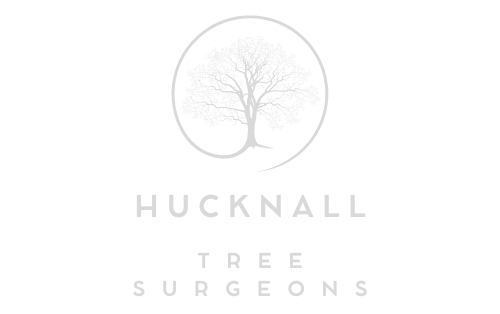What Are the Risks of Delaying Tree Surgery on Unstable Trees?
Trees are a valuable part of any landscape, providing shade, beauty, and environmental benefits. However, when a tree becomes unstable due to disease, storm damage, or structural weakness, delaying tree surgery can lead to serious consequences. If you suspect a tree on your property in Hucknall, Nottingham is unstable, taking swift action is essential for safety and long-term cost savings.
Identifying an Unstable Tree
Before examining the risks, it is important to understand the signs that indicate a tree may be unstable. These include:
- Leaning at an extreme angle – A sudden or severe lean often suggests root damage or structural instability.
- Cracks in the trunk – Deep splits can indicate internal decay or weakness.
- Dead or hanging branches – Large, dead limbs are a hazard, particularly in high winds.
- Fungus at the base – Fungal growth often signals internal decay and structural weakness.
- Root damage – Exposed, cracked, or decayed roots reduce the tree’s ability to anchor itself.
- Hollow or decayed sections – If the tree’s core is rotting, its structural integrity is compromised.
If any of these signs are present, prompt professional assessment is necessary.
The Risks of Delaying Tree Surgery
1. Increased Risk of Property Damage
Unstable trees are at high risk of falling, especially during storms or high winds. A fallen tree can cause extensive damage to roofs, fences, vehicles, and garden structures. The cost of emergency repairs and insurance claims far outweighs the cost of preventative tree surgery.
2. Threat to Personal Safety
Overhanging or broken branches can fall unexpectedly, posing a severe risk to people below. In public spaces or near footpaths, unstable trees can become a liability, increasing the likelihood of serious injury or legal repercussions.
3. Pest and Disease Spread
Delaying tree surgery allows decay and disease to spread, affecting not only the unstable tree but also surrounding healthy trees. Common issues such as fungal infections, wood-boring insects, and bacterial diseases can quickly spread, leading to the loss of multiple trees in the area.
4. Weakened Tree Stability
The longer an unstable tree is left untreated, the weaker its structure becomes. What might have been a manageable pruning or crown reduction job could escalate into a full tree removal. Early intervention can often save a tree rather than requiring complete felling.
5. Legal and Insurance Complications
In cases where an unstable tree falls and causes damage, homeowners may be liable if negligence can be proven. Some insurance policies may not cover damage caused by an unsafe tree if there is evidence it was left untreated. Regular tree surgery helps to avoid such legal and financial complications.
The Benefits of Timely Tree Surgery
Addressing tree instability early offers multiple advantages:
- Enhanced safety – Reducing the risk of falling branches or tree collapse.
- Cost savings – Avoiding expensive emergency call-outs and repairs.
- Tree preservation – Strengthening the tree’s structure and promoting healthy regrowth.
- Aesthetic improvements – Maintaining a neat and well-managed landscape.
- Legal compliance – Ensuring trees near roads, paths, or neighbouring properties do not pose hazards.
Conclusion
Unstable trees require urgent attention to prevent property damage, personal injury, and legal liabilities. If you have concerns about a tree on your property in Hucknall, Nottingham, professional tree surgery is the safest and most cost-effective solution. Hucknall Tree Surgeons provide expert assessments and services to ensure your trees remain safe, healthy, and structurally sound. Contact us today for professional advice and reliable tree care solutions.
Call us on: 0115 647 1150
Click here to find out more about Hucknall Tree Surgeons
Click here to complete our contact form and see how we can help with your tree needs.

